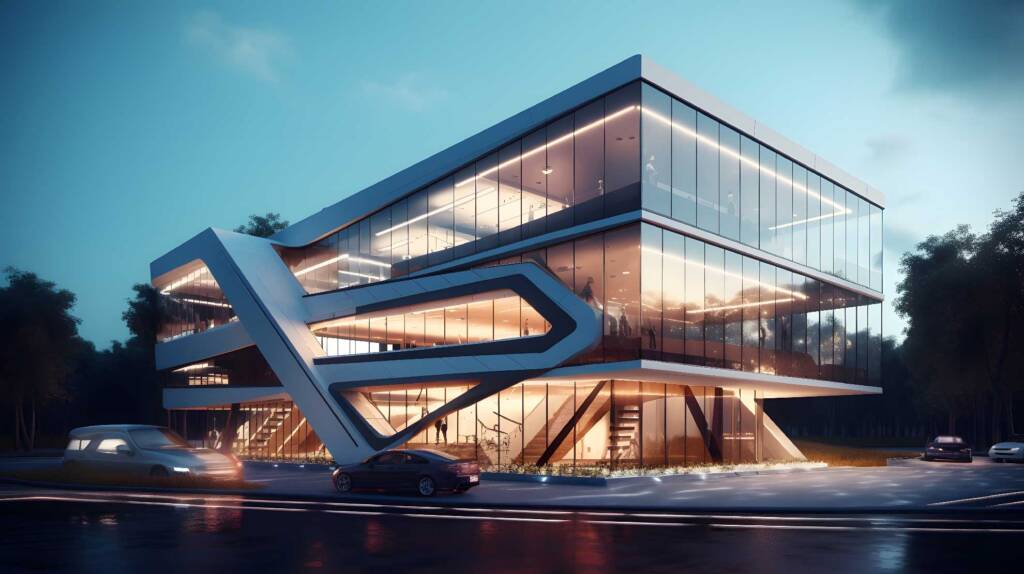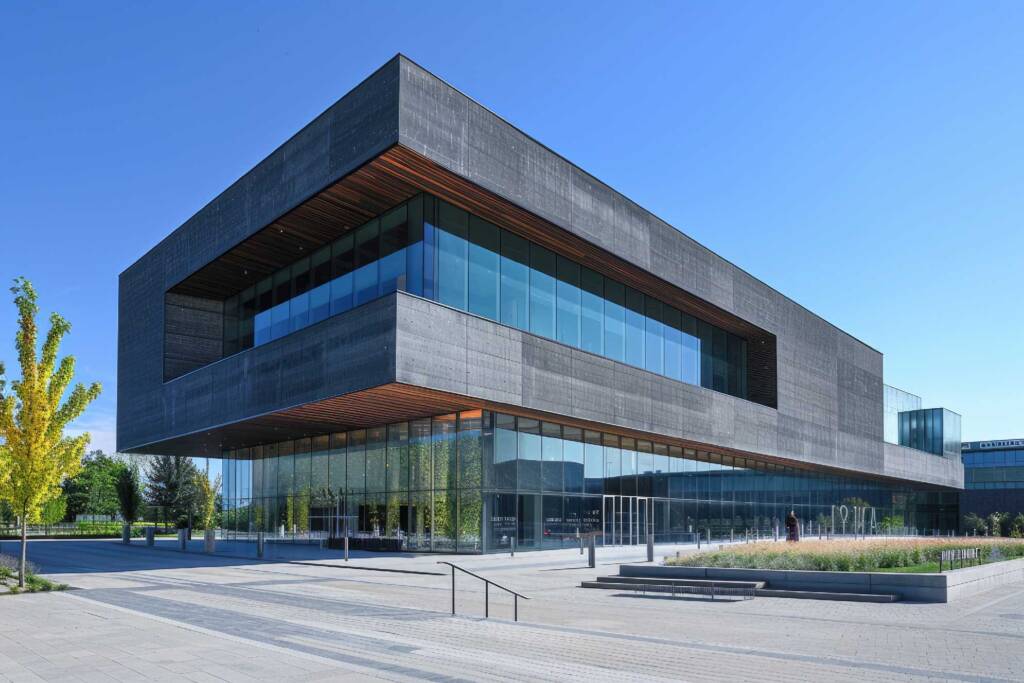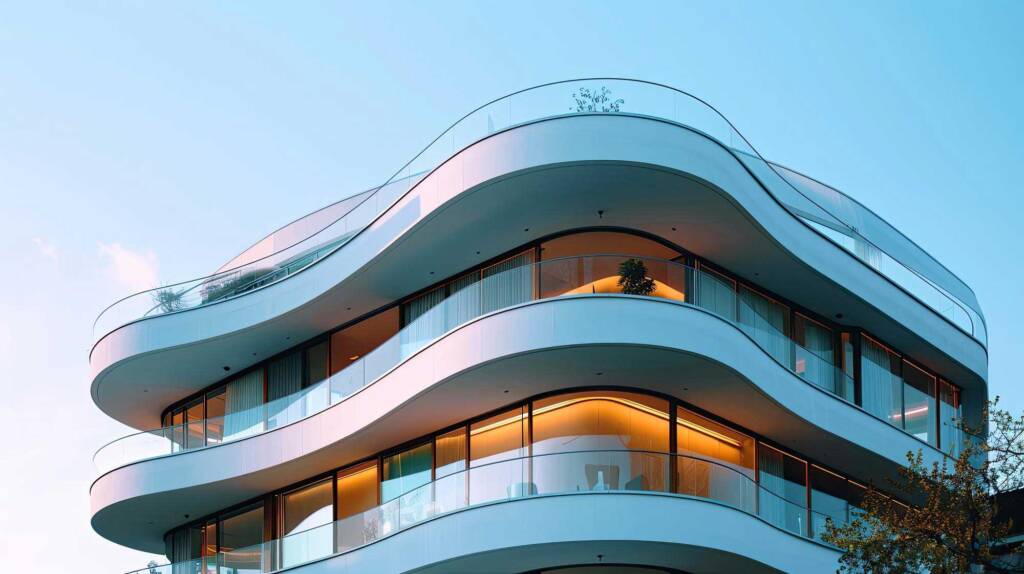
Balancing Innovation and Structural Integrity
California has long been a hub for architectural innovation, and the latest trends in building design reflect this pioneering spirit. As urban landscapes evolve, designers and structural engineers are finding new ways to balance cutting-edge aesthetics with the need for sustainability, resilience, and safety. From high-tech smart buildings to eco-friendly materials, California’s approach to modern design seamlessly integrates style and function. However, behind these eye-catching structures lies the crucial role of structural engineering, ensuring that every design is not only beautiful but also safe and durable.
In this article, we explore some of the most exciting new building design trends in California and the role that structural integrity plays in turning these visionary ideas into reality.
1. Sustainable and Eco-Friendly Materials
Sustainability is no longer just a buzzword—it’s a driving force behind many of California’s new building designs. The state has been a leader in adopting green building practices, and the use of eco-friendly materials is now a top priority for many architects and builders. This trend includes incorporating recycled materials, renewable resources like bamboo, and non-toxic, energy-efficient construction products.
Structural engineers play a key role in this trend by evaluating the strength and durability of these materials, ensuring they meet safety standards without compromising structural integrity. For example, while reclaimed wood or recycled steel may offer environmental benefits, they still need to pass rigorous tests to ensure they can support the loads and stresses of a modern building.
2. Modern Aesthetics and Open Spaces
One of the most popular design trends in California is the use of clean, minimalist lines and open-concept spaces. This modern aesthetic often includes floor-to-ceiling windows, seamless indoor-outdoor transitions, and expansive interiors that create a sense of openness and flow. However, creating these visually appealing designs requires advanced structural engineering solutions.
Large, unobstructed spaces often mean removing traditional load-bearing walls, which can compromise a building’s stability. To maintain structural integrity, engineers might use hidden steel frames, reinforced beams, or post-tensioned slabs to ensure the building remains safe without sacrificing the open design. Similarly, expansive glass walls must be supported by innovative structural systems that account for their weight and potential exposure to seismic forces in areas like California.
3. Seismic-Resistant Designs
With California’s vulnerability to earthquakes, seismic resistance remains a crucial factor in all new building designs. Structural engineers work closely with architects to ensure that buildings can withstand seismic activity while still embodying the latest design trends. This includes incorporating flexible materials and structures that can absorb and dissipate energy during an earthquake.
One growing trend is the use of base isolation technology, which allows buildings to move independently from the ground during a quake, reducing the amount of stress on the structure. This approach is often paired with other innovations, like moment-resisting frames or shear walls, that enhance a building’s ability to remain standing in the event of a major seismic event.


4. Smart Buildings and High-Tech Integration
The integration of smart technology into building design is a rising trend across California. These high-tech structures are equipped with systems that can monitor and optimize everything from energy use to security, often through the use of sensors, automated systems, and data analytics.
From a structural engineering standpoint, designing a smart building involves more than just incorporating technology; it also means planning for the additional loads and complexities these systems introduce. For example, the weight of solar panels, wind turbines, or rainwater harvesting systems on rooftops requires careful calculation to ensure that the structure can support the added loads. Engineers must also plan for future technological upgrades, ensuring that the building can adapt as smart technologies evolve.
5. Sustainable Urban Design and Green Roofs
Green roofs and vertical gardens have become increasingly popular in California as a way to mitigate the urban heat island effect, manage stormwater, and enhance a building’s sustainability. These features are both functional and visually striking, offering a natural contrast to the steel and concrete of urban environments.
However, adding a green roof significantly alters the load distribution on a building, as soil, water, and plants all contribute additional weight. Structural engineers must carefully assess whether the existing framework can support the load or whether additional reinforcements are necessary. Proper drainage systems must also be factored in to prevent water buildup that could compromise the structural integrity of the roof or building.
6. Mixed-Use Developments and Adaptive Reuse
As California cities continue to grow, mixed-use developments—combining residential, commercial, and public spaces—are becoming more popular. Additionally, adaptive reuse projects, where old or abandoned buildings are repurposed for new functions, are also on the rise. These projects require innovative structural solutions to support multiple functions within one building or adapt older structures to meet modern standards.
In mixed-use buildings, different sections may have varied requirements, such as retail spaces needing wide open areas, while residential units require more compartmentalized designs. Structural engineers must ensure that the building’s design accommodates these diverse needs without compromising safety or usability.

Conclusion
The latest building design trends in California reflect the state’s commitment to innovation, sustainability, and resilience. From using eco-friendly materials to incorporating smart technology and ensuring seismic resistance, these trends are pushing the boundaries of architecture while prioritizing safety and structural integrity. The role of structural engineers is vital in turning these ambitious designs into functional, safe buildings that not only meet today’s standards but are prepared for the challenges of tomorrow.
As California continues to lead in modern building design, the collaboration between architects and engineers will be key in shaping a future where buildings are as beautiful as they are resilient.
